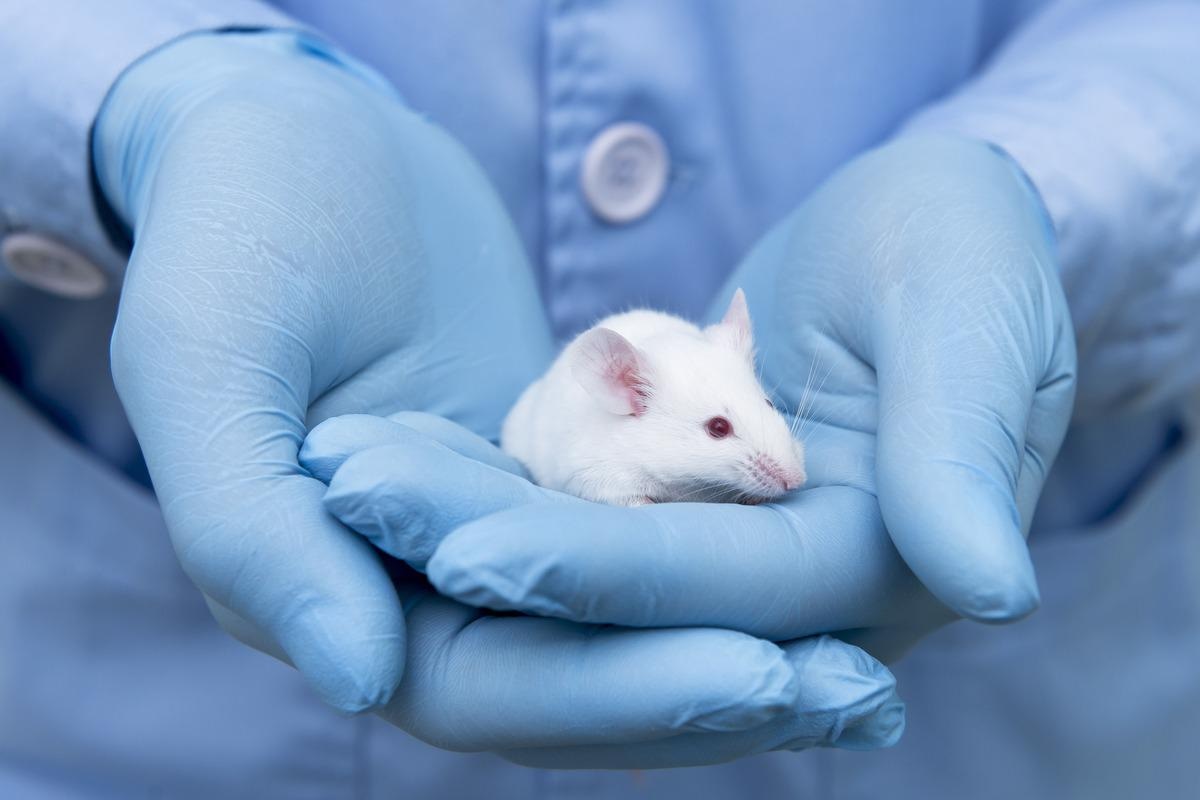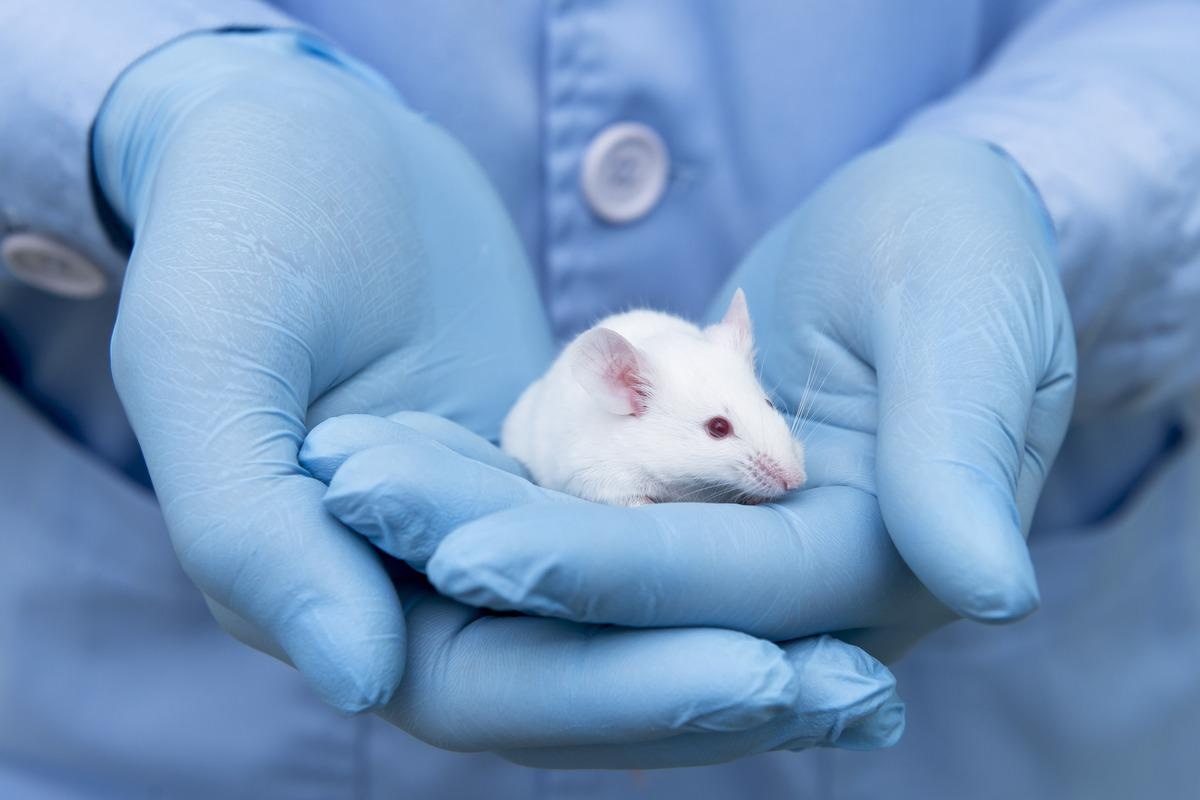A breakthrough study published in PLoS Biology demonstrates that rat testis tissue frozen for over 20 years can be successfully transplanted into infertile mice to regenerate and produce sperms. However, the sperms are produced at a reduced rate compared to recently frozen or fresh tissue samples.
This method of harvesting, freezing, and reimplanting testicular tissue can help recover the loss of fertility caused by cancer therapies in prepubertal boys treated for cancer.

Cryopreservation of testicular tissue
Due to improvements in cancer therapies, several children survive to adulthood. However, many boys may later suffer from reduced fertility or infertility. Sperm banking is an option for postpubertal males but not children.
For prepubertal children, a testicular biopsy can be preserved to be utilized later. However, there is a lack of technologies to make use of these frozen testicular tissues.
The testicular tissue contains spermatogonial stem cells (SSCs) that have the ability to self-renew and differentiate into other cell types. Therefore, SSCs are capable of lifelong sperm production.
However, for clinical translation, the SSCs have to be recovered from frozen samples and transplanted into a recipient host. Currently, culturing human SSCs for producing sufficient cells is a challenge.
One study in macaques has shown that the reimplantation of frozen testis pieces can generate sperms, wherein the recipient macaque also produced offspring.
Rat as a model system for spermatogenesis
The process of rat male germ cell differentiation is well studied. In rats, this process takes approximately 12 days.
This study used cells from Sprague-Dawley rats. Testis tissue from rats was used for cell isolation. The cells were frozen for less than 4 months (short-frozen) or more than 23 years (long-frozen) in liquid nitrogen. The scientists had access to long-frozen cells before initiating this study. The SSCs were enriched and transplanted into nude mice without endogenous germ cells. Cell suspensions were prepared from transplanted testes. The transcriptome of cells was analyzed by RNA sequencing.
The donors were rats and the recipients were mice. This could help distinguish between rat spermatogenesis and endogenous mouse spermatogenesis if any. Rat cells were identified by aligning sequences against both mouse and rat reference genomes and for each cell.
Harvesting, freezing, and reimplanting SSCs
This study assessed the potential of frozen SSCs to colonize empty niches in recipient hosts and regenerate sperm formation. SSCs from fresh tissues and frozen tissues produced colonies of spermatogenesis.
However, long-frozen cells produced significantly fewer colonies than short-frozen or fresh cells. The transplants showed all types of rat germ cells at different stages in all treatments.
Single-cell RNA sequencing showed similar gene expression profiles between thawed short- and long-frozen cells. The gene expression profiles were different for fresh cells. The expression changes in the frozen cells were consistent with cell damage and shock from freezing.
After reimplantation, long-frozen samples showed increased stem cell signaling in the undifferentiated spermatogonia compartment. Increased stem cell signaling indicates self-renewal and a lack of differentiation. The long-frozen samples showed fewer round spermatids. This indicates a partial block of spermatogenesis because of which there was a lack of elongating spermatids. Thus, the long-frozen samples could not fully differentiate. They displayed a significantly enriched stem cell population.
Implications
This study tested the viability of SSCs in situ after reimplantation. It did not rely on the biochemical and cellular characterization of cells which can act as a surrogate for SSC potential. This is important because in situ viability determines the actual potential of frozen cells.
There are no protocols to expand human SSCs for reimplantation. This study lays down the background required for the clinical translation of this methodology. The protocols to be developed for human SSCs may need to consider time-dependent degradation of viability as demonstrated by this study.
This study has conclusively shown that viability is preserved after long-term cryopreservation. This opens up a possibility to identify and address the critical dictators of viability.
This study offers the possibility of improving the fertility options for prepubertal children with successfully treated childhood cancers.
Conclusions
This study has conclusively shown that testicular tissues frozen for more than 23 years can be successfully reimplanted into recipient hosts where they can regenerate and produce sperms. It has shown that freezing tissues for a prolonged time can impact the success of reimplantation to produce sperms.
This study has demonstrated the effects of long-term freezing and warns that these effects should be regarded in future clinical considerations.
- Whelan EC, Yang F, Avarbock MR, Sullivan MC, Beiting DP, Brinster RL. (2022). Reestablishment of spermatogenesis after more than 20 years of cryopreservation of rat spermatogonial stem cells reveals an important impact in differentiation capacity. PLoS Biology. doi:10.1371/journal.pbio.3001618 https://journals.plos.org/plosbiology/article?id=10.1371/journal.pbio.3001618
Posted in: Men's Health News | Device / Technology News | Medical Research News
Tags: Biopsy, Cancer, Cell, Cell Signaling, Children, Fertility, Gene, Gene Expression, Infertility, RNA, RNA Sequencing, Sperm, Stem Cells, Translation

Written by
Dr. Shital Sarah Ahaley
Dr. Shital Sarah Ahaley is a medical writer. She completed her Bachelor's and Master's degree in Microbiology at the University of Pune. She then completed her Ph.D. at the Indian Institute of Science, Bengaluru where she studied muscle development and muscle diseases. After her Ph.D., she worked at the Indian Institute of Science, Education, and Research, Pune as a post-doctoral fellow. She then acquired and executed an independent grant from the DBT-Wellcome Trust India Alliance as an Early Career Fellow. Her work focused on RNA binding proteins and Hedgehog signaling.
Source: Read Full Article
